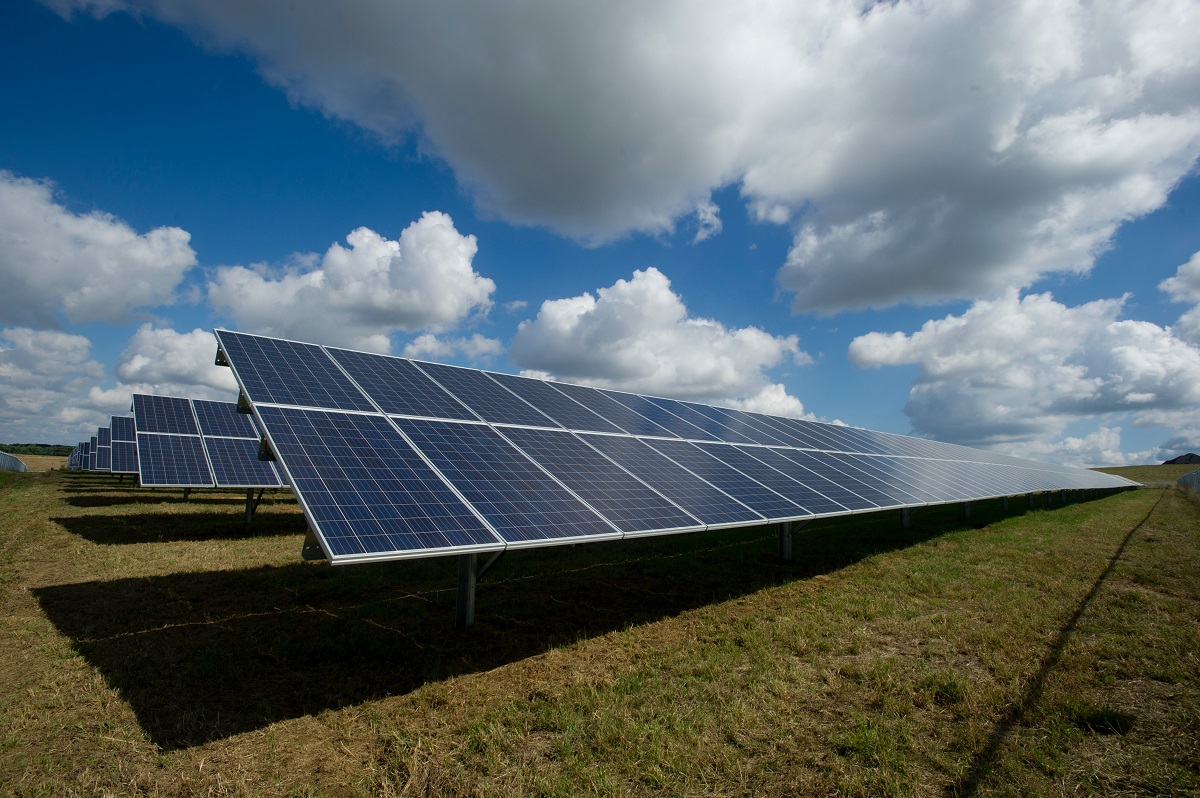Solar panels’ production is greatly reduced when dust accumulates on them, therefore they must be maintained clean. But what is the best approach to go about it? Researchers at the Massachusetts Institute of Technology (MIT) believe they have found a solution, Electrek reports.
Spraying water on solar panels is one of the most frequent techniques to remove dust from them. But this is a big waste of water, especially in desert areas with a lot of solar farms. The MIT researchers make this point in their recent study, which was published in Science Advances.
“At a global PV capacity of more than 500 GW, we estimate that up to 10 billion gallons of water are utilized annually worldwide for solar panel cleaning reasons, which might otherwise meet the yearly water demands of up to two million people in poor and undeveloped nations.”
Dry scrubbing also harms solar panels. Static electricity, according to researchers, helps keep dust off solar panels and is a far more sustainable alternative. That’s significant because, as the researchers point out, a dust accumulation of 5 mg/cm2 correlates to a nearly 50% drop in power production.
The researchers accomplished this through the use of “adsorbed moisture-assisted charge induction.” Adsorption occurs when moisture in the air clings to the surface of a dust particle.
The new method works by passing a simple electrode — an electrical conductor, such as a basic metal bar – just above the surface of the solar panel. Dust particles get electrically charged as a result of the electrode’s electric field.
The same charge that the dust carries is subsequently delivered to the surface of the solar panel via a conductive layer a few nanometers thick. The researchers estimated the voltage range to use to counteract gravity’s pull and adhesion forces, causing dust particles to be pushed away from the surface until they fall off.
In terms of real-world size and application, the authors propose that each solar panel be outfitted with railings on both sides, with an electrode covering the whole panel. A tiny electric motor, maybe powered by the panel’s own electricity, might then drive a belt system to move the electrode back and forth.
This approach works in situations where the ambient humidity is 30% or more, and most deserts can obtain humidity levels of approximately 30%.

